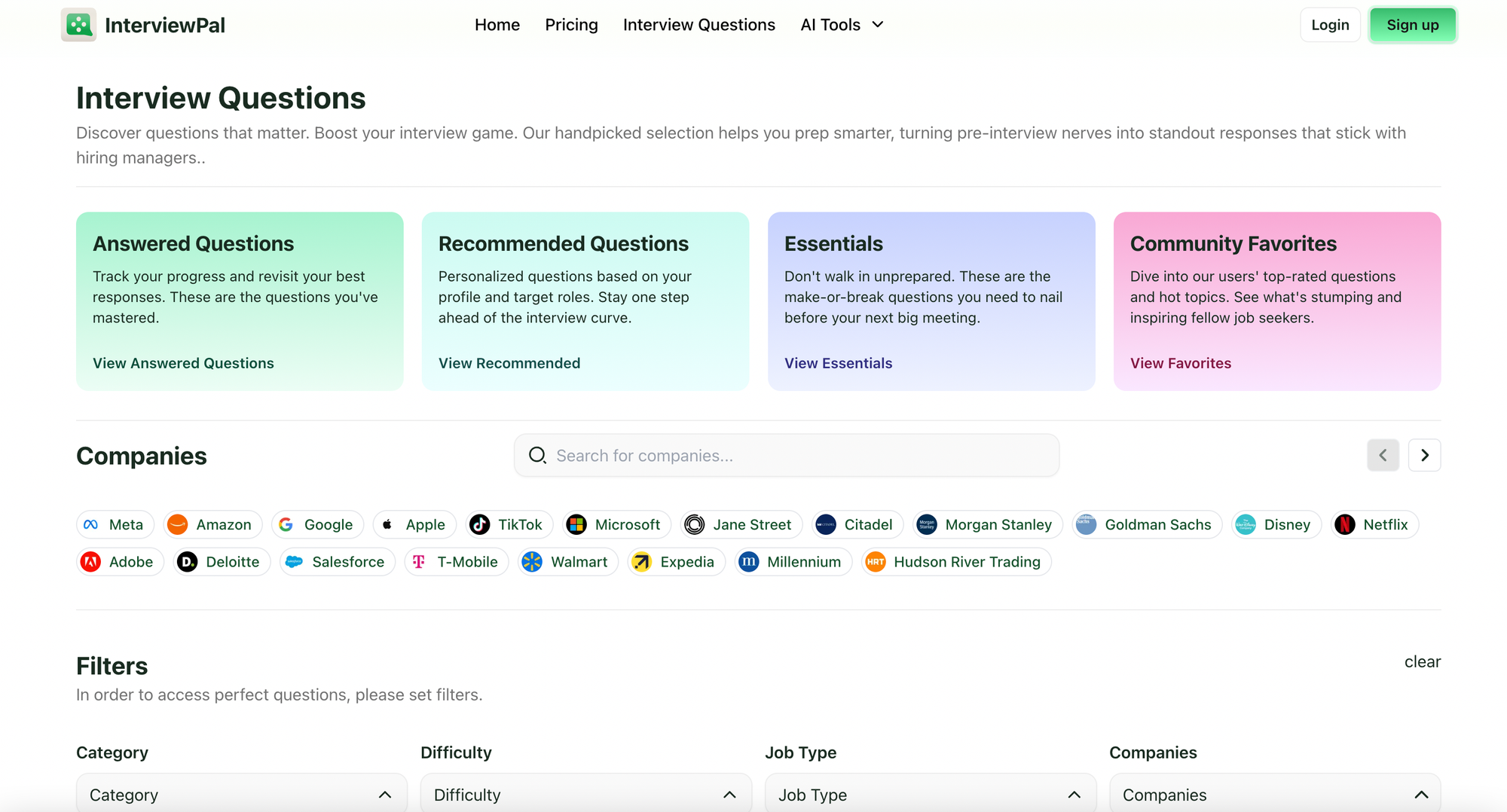Cover Letter for Freshers: How to Write a Cover Letter With No Experience
Step-by-step breakdown of how to write a cover letter with no experience, perfect for recent graduates and entry-level job seekers.

So you’ve graduated, and you’re thinking, “How do I write a cover letter with no experience?” Don't worry, every expert was once a fresher too. In fact, studies show that 83% of hiring managers do read cover letters and factor them into decisions.
With the right approach, your cover letter with no experience can still impress employers and land you interviews.
This guide will walk you through crafting a standout cover letter for freshers. It’s packed with tips, freshers cover letter template examples, and sample lines you can use or adapt.
Cover Letter Basics for Freshers
Before we get into writing tips, let’s cover the basic structure of a fresher cover letter. Keep it to about 3-4 short paragraphs on one page. Include the following elements:
- Header: Your contact information (name, email, phone) at the top, followed by the date and the employer’s name and address.
- Greeting: Address the hiring manager by name if you can (e.g. Dear Ms. Smith). If not, use a polite generic greeting like Dear Hiring Manager.
- Opening: State who you are, the role you’re applying for, and a brief reason you’re excited about the opportunity (and/or where you found the job listing).
- Body: Explain why you’re a great fit. Highlight relevant skills, education, projects, or accomplishments that align with the job requirements. Connect your strengths to what the employer needs.
- Closing: Reiterate your interest and fit for the role, thank the reader, and include a call to action (e.g. say you look forward to discussing the position in an interview), and sign off with a polite closing (Sincerely, plus your name).
Keep your cover letter to one page and easy to skim. Use a simple, professional font and format (match it to your resume) so it’s reader-friendly at a glance.
How to Write a Cover Letter With No Experience
Writing a cover letter as a fresher is all about showcasing what you do have (skills, education, enthusiasm) instead of the work experience you don’t have. Follow these steps to craft a compelling letter:
1. Research and Personalize Your Letter
The first step is to tailor your cover letter to each job and company. Generic, one-size-fits-all letters are a dime a dozen, and hiring managers can spot them instantly. In fact, over half of hiring managers reject generic cover letters, yet only about 12% of candidates personalize theirs – meaning a tailored letter already puts you ahead of most candidates.
Start by reading the job description carefully and noting the skills and qualifications they seek. Then visit the company’s website to learn about its values, mission, or any recent projects. Try to incorporate a line or two from your research to show you’ve done your homework (for example, mention a recent project or value of the company that resonated with you).
By customizing your letter, you immediately show the employer that you’re genuinely interested in their job, not just any job. This personal touch can set you apart from other freshers sending cookie-cutter letters.
2. Start with a Strong Introduction
Your opening paragraph should grab the reader’s attention and make them want to keep reading. Introduce who you are and why you’re writing, but do it with energy and purpose. For example, don’t just say “I am writing to apply for the job.” Instead, convey your enthusiasm and fit for the role right up front.
Begin by stating the position you’re applying for and where you saw it. Then add a highlight about yourself that’s relevant, such as your degree or a key skill, and why you’re excited about this opportunity.
Example (Opening Line): “I am a recent Computer Science graduate from XYZ University, and I’m excited to apply for the Junior Software Developer position at XYZ Tech. When I saw this role on your careers page, I knew it was a perfect match for my passion for coding and problem-solving.”
Notice how the example above packs in a lot: it identifies the candidate as a recent grad (explaining the “no experience” part), specifies the job, mentions where they found it, and highlights enthusiasm and a relevant passion for the role. It sets a positive, can-do tone from the start.
If someone referred you or you have a personal connection to the company, you can mention that in your intro as well (e.g., “My professor, Dr. Smith, recommended I reach out to you about this role…”). Keep the introduction to 2-3 sentences. The goal is to make the reader think, “This person seems engaged and relevant; let’s see what else they have to say.”
3. Highlight Your Skills, Education, and Achievements
When you don’t have work experience, use the body of your cover letter to emphasize the skills, knowledge, and achievements you’ve gained through school and other activities. Think about academic projects, internships, or extracurricular activities that helped you develop relevant skills. Focus on transferable skills and provide brief examples of how you demonstrated them.
If the job posting asks for programming ability and teamwork, you might draw on a successful class project:
Example (Academic Project): “In my final year at university, I worked on a team project to develop a mobile app for our computer science capstone. My role was lead programmer, where I coded the app’s main features in Java mocking Etsy's interface. This experience strengthened my technical skills and taught me how to collaborate effectively as a team.”
4. Emphasize Enthusiasm and Cultural Fit
One of your greatest strengths as a fresher is your enthusiasm. You’re at the start of your career and eager to prove yourself, so let that positive attitude shine through! Companies often value passion and willingness to learn as much as experience. Use your cover letter to demonstrate that you understand and admire the company’s mission, and show that you’re motivated to contribute.
A good tactic is to mention something specific about the company’s values or recent work that resonates with you (this ties back to the research you did in step 1). Compliment the company in a genuine way and align it with your own goals or values.
5. Close with Confidence and a Call to Action
The closing paragraph is your final pitch. It should be short, confident, and courteous. In your conclusion, briefly restate your interest in the role, remind the employer of the main value you offer, and thank them for their time. You can also add a polite call to action – for example, say you look forward to discussing the position in an interview.
Example (Closing): “Thank you for considering my application. I am confident my education and skills make me a strong candidate, and I would welcome the chance to discuss how I can contribute to XYZ Company.”
Then sign off with a formal closing and your name. If sending an email, you can also include your phone number under your name.
Ending on a confident note leaves a positive impression. It reminds the hiring manager why you’d be a great fit and shows that you’re proactive and truly interested. Just be careful to strike a balance between confidence and courtesy. You want to sound eager, but not presumptuous.
6. Proofread and Keep It Professional
Before you hit send, make sure to proofread your cover letter thoroughly. Fix any spelling or grammar mistakes (nothing will ruin your chances faster than addressing the wrong company or a glaring typo) Ensure the tone remains professional and the formatting is clean. It’s often best to save your cover letter as a PDF so that your formatting stays consistent. With a final careful read-through, you can be confident that your first cover letter is polished and error-free.
Leverage Cover Letter Templates and Tools
Writing your first cover letter from scratch can feel overwhelming, but you don’t have to do it alone. You can use a template or an AI tool to jump-start your draft – just remember to personalize it afterward.
For example, our Cover Letter Generator can instantly create a custom cover letter based on the information you provide. If you prefer working from an example, we also have over 10,000 cover letter templates (including many for freshers) in our Cover Letters library that you can easily customize. These tools will give you a professional format and wording, but always tailor the final letter to the specific job and company so it doesn’t read like a generic copy.
Crafting a cover letter as a fresher might seem challenging, but it’s also a chance to showcase your strengths and passion. Employers don’t expect you to have a long work history, but they do want to see your potential and eagerness to contribute. By following the tips above, you’ll present yourself as a confident, motivated candidate who highlights relevant skills and enthusiasm for the job. With a polished, tailored cover letter in hand, you’ll already be ahead of many of your peers. Good luck – your first job offer isn’t far away!





